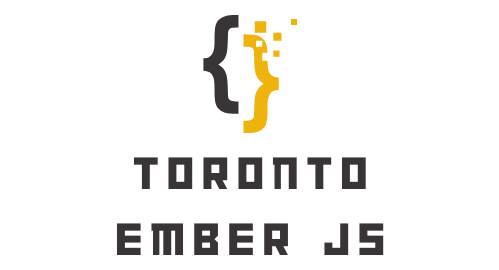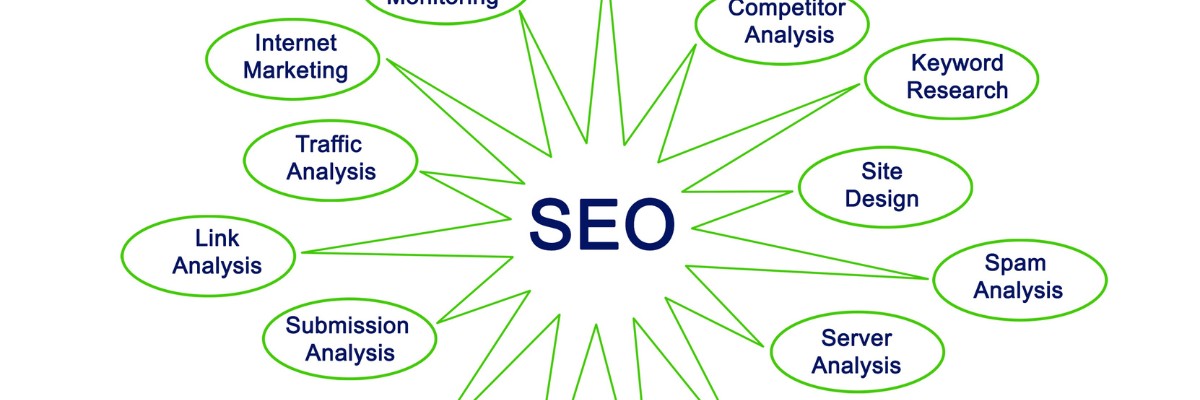If you’re new to the world of digital marketing, you’ve probably heard the term “SEO” thrown around quite a bit. But what exactly is SEO, and how can it help you drive traffic to your website?
SEO stands for “search engine optimization,” and it’s the process of optimizing your website and its content to rank higher in search engine results pages (SERPs). The higher your website ranks, the more likely people are to click on it and visit your site. And as any digital marketer will tell you, more traffic means more potential customers.
So, how do you get started with SEO? Here are some tips for beginners
Conduct Keyword Research
One of the first steps in any SEO strategy is to conduct keyword research. This involves identifying the keywords and phrases that people are searching for related to your business or industry. You can use tools like Google Keyword Planner or SEMrush to help you find relevant keywords.
Once you’ve identified your target keywords, you can start incorporating them into your website’s content, including your page titles, meta descriptions, and on-page copy.
Optimize Your Website’s Structure and Content
Another important aspect of SEO is optimizing your website’s structure and content. This includes making sure your site is easy to navigate and understand for both human visitors and search engine crawlers.
Some best practices for website structure include using a clear and descriptive URL structure, organizing your content into categories and subcategories, and including internal links to help visitors navigate your site.
When it comes to content, make sure you’re creating high-quality, informative content that provides value to your audience. Use your target keywords naturally throughout your content, but avoid “keyword stuffing,” which can hurt your SEO efforts.
Build High-Quality Backlinks
Backlinks are links from other websites that point to your site. When other high-quality websites link to your site, it can help improve your website’s authority and increase your chances of ranking higher in search engine results pages.
To build high-quality backlinks, focus on creating valuable, shareable content that other websites will want to link to. You can also reach out to other website owners in your industry and ask for a link back to your site.
Use Social Media to Promote Your Content
While social media doesn’t directly impact your website’s SEO, it can help you drive traffic to your site and improve your overall online presence. By sharing your content on social media platforms like Facebook, Twitter, and LinkedIn, you can reach a wider audience and attract more visitors to your website.
Make sure to include social sharing buttons on your website so that visitors can easily share your content on their own social media profiles.
Monitor Your SEO Performance
Finally, it’s important to monitor your SEO performance and make adjustments as needed. Use tools like Google Analytics to track your website’s traffic and search engine rankings, and make changes to your strategy based on the data you collect.
SEO is an ongoing process, and it can take time to see results. But by following these tips and staying consistent in your efforts, you can drive more traffic to your website and improve your online visibility over time.
SEO can be a valuable tool for driving traffic to your website and improving your online presence. By conducting keyword research, optimizing your website’s structure and content, building high-quality backlinks, using social media to promote your content, and monitoring your SEO performance, you can get started with SEO and start seeing results.




